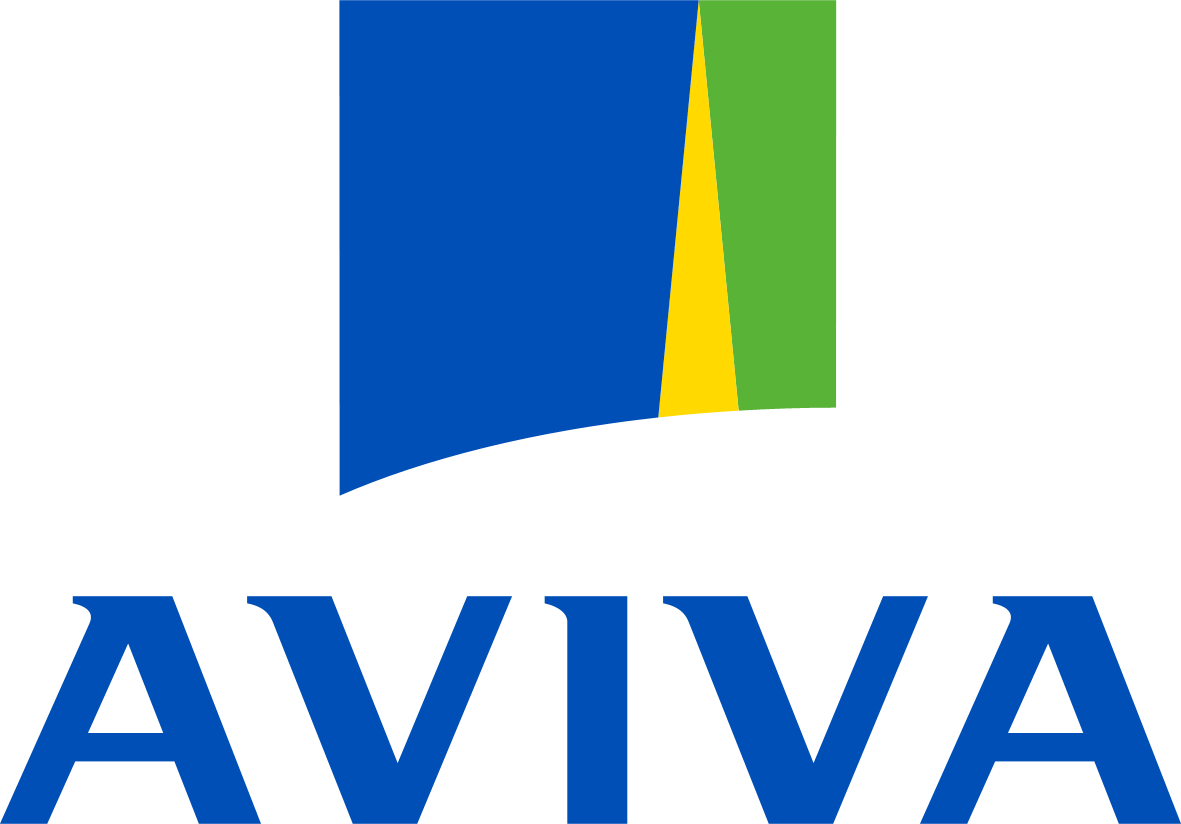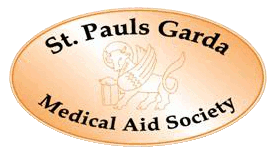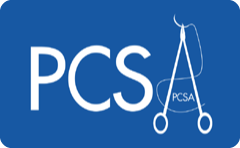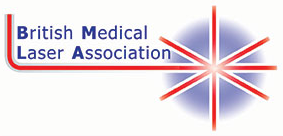 Download this information as a PDF
Download this information as a PDF
What is atopic dermatitis/eczema?
Atopic dermatitis(also known as atopic eczems) is a chronic, itchy skin condition that is very common in children but may occur at any age. It is also known as eczema and atopic eczema. It is the most common form of dermatitis.
Atopic dermatitis usually occurs in people who have an 'atopic tendency'. This means they may develop any or all of three closely linked conditions; atopic dermatitis, asthma and hay fever (allergic rhinitis). Often these conditions run within families with a parent, child or sibling also affected. A family history of asthma, eczema or hay fever is particularly useful in diagnosing atopic dermatitis in infants.
Atopic dermatitis is not contagious! It arises because of a complex interaction of genetic and environmental factors. These include skin irritants, the weather, temperature and non-specific triggers: see Causes of atopic dermatitis.
What does atopic dermatitis look like?
There is quite a variation in the appearance of atopic dermatitis between individuals. From time to time, most people have acute flares with inflamed, red, sometimes blistered and weepy patches. In between flares, the skin may appear normal or suffer from chronic eczema with dry, thickened and itchy areas.
The presence of infection or an additional skin condition, the creams applied, the age of the person, their ethnic origin and other factors can alter the way eczema looks and feels.
There are however some general patterns to where the eczema is found on the body according to the age of the affected person.
Infants
- Infants less than one year old often have widely distributed eczema. The skin is often dry, scaly and red with small scratch marks made by sharp baby nails.
- The cheeks of infants are often the first place to be affected by eczema.
- The napkin area is frequently spared due to the moisture retention of nappies. Just like other babies, they can develop irritant napkin dermatitis, if wet or soiled nappies are left on too long.
Toddlers and pre-schoolers
- As children begin to move around, the eczema becomes more localised and thickened. Toddlers scratch vigorously and the eczema may look very raw and uncomfortable.
- Eczema in this age group often affects the extensor (outer) aspects of joints, particularly the wrists, elbows, ankles and knees. It may also affect the genitals.
- As the child becomes older the pattern frequently changes to involve the flexor surfaces of the same joints (the creases) with less extensor involvement. The affected skin often becomes lichenified i.e. dry and thickened from constant scratching and rubbing,
- In some children the extensor pattern of eczema persists into later childhood.
School-age children
- Older children tend to have the flexural pattern of eczema and it most often affects the elbow and knee creases. Other susceptible areas include the eyelids, earlobes, neck and scalp.
- They can develop recurrent acute itchy blisters on the palms, fingers and sometimes on the feet, known as pompholyx or vesicular hand / foot dermatitis.
- Many children develop a 'nummular' pattern of atopic dermatitis. This refers to small coinlike areas of eczema scattered over the body. These round patches of eczema are dry, red and itchy and may be mistaken for ringworm (a fungal infection).
- Mostly the eczema improves during school years and it may completely clear up by the teens, although the barrier function of the skin is never entirely normal.
Adults
- Adults who have atopic dermatitis may present in various different ways.
- They may continue to have a diffuse pattern of eczema but the skin is often more dry and lichenified than in children.
- Commonly adults have persistent localised eczema, possibly confined to the hands, eyelids, flexures, nipples or all of these areas.
- Recurrent staphylococcal infections may be prominent.
- Atopic dermatitis is a major contributing factor to occupational irritant contact dermatitis. This most often affects hands that are frequently exposed to water, detergents and /or solvents.
- Hand dermatitis in adult atopics tends to be dry and thickened but may also be blistered.
Does atopic dermatitis persist forever?
Atopic dermatitis affects 15-20% of children but only 1-2% of adults. It is impossible to predict whether eczema will improve by itself or not in an individual.
It is unusual for an infant to be affected with atopic dermatitis before the age of four months but they may suffer from infantile seborrhoeic dermatitis or other rashes prior to this. The onset of atopic dermatitis is usually before two years of age although it can manifest itself in older people for the first time.
Atopic dermatitis is often worst between the ages of two and four but it generally improves after this and may clear altogether by the teens.
Certain occupations such as farming, hairdressing, domestic and industrial cleaning, domestic duties and care giving expose the skin to various irritants and sometimes allergens. This aggravates atopic dermatitis. It is wise to bear this in mind when considering career options - it is usually easier to choose a more suitable occupation from the outset than to change it later.
Treatment
Treatment of atopic dermatitis may be required for many months and possibly years. It nearly always requires:
- Reduction of exposure to trigger factors (where possible)
- Regular emollients (moisturisers)
- Intermittent topical steroids
In some cases management may also include one of more of the following:
- Topical calcineurin inhibitors such as pimecrolimus cream or tacrolimus ointment
- Antibiotics
- Antihistamines
- Phototherapy
- Oral corticosteroids
- Ciclosporin














